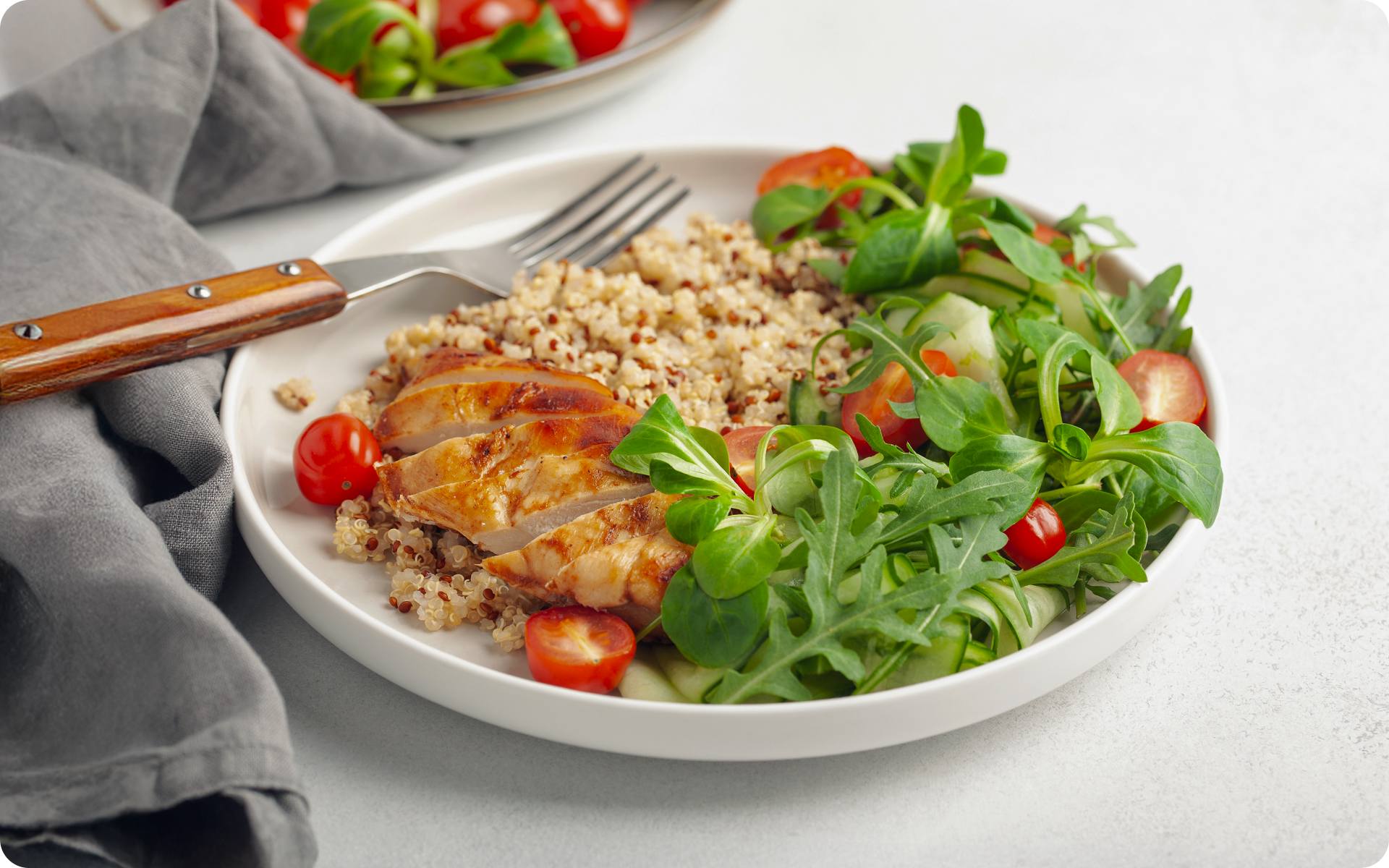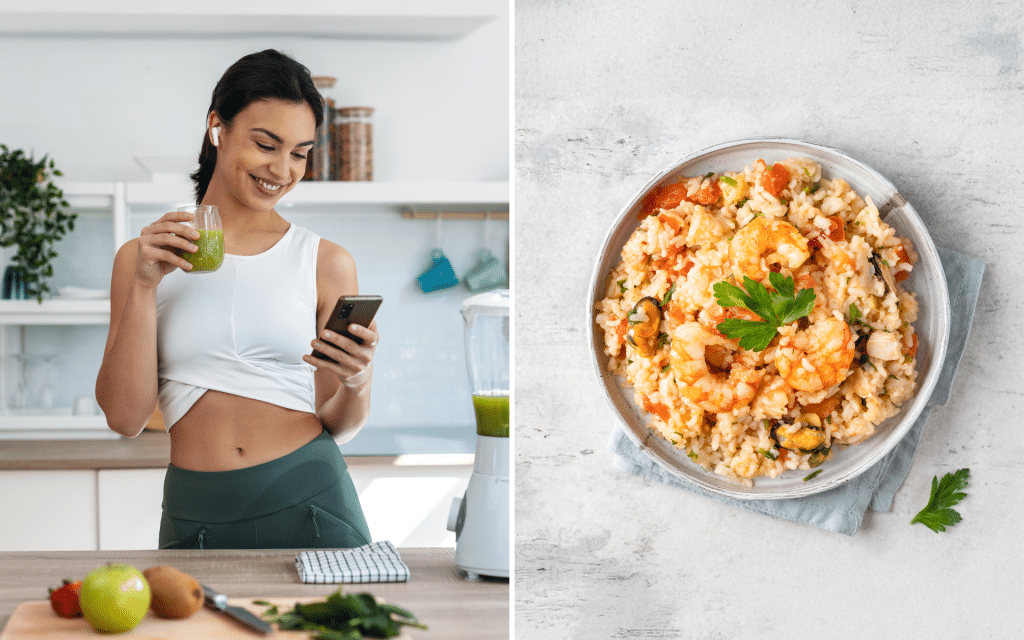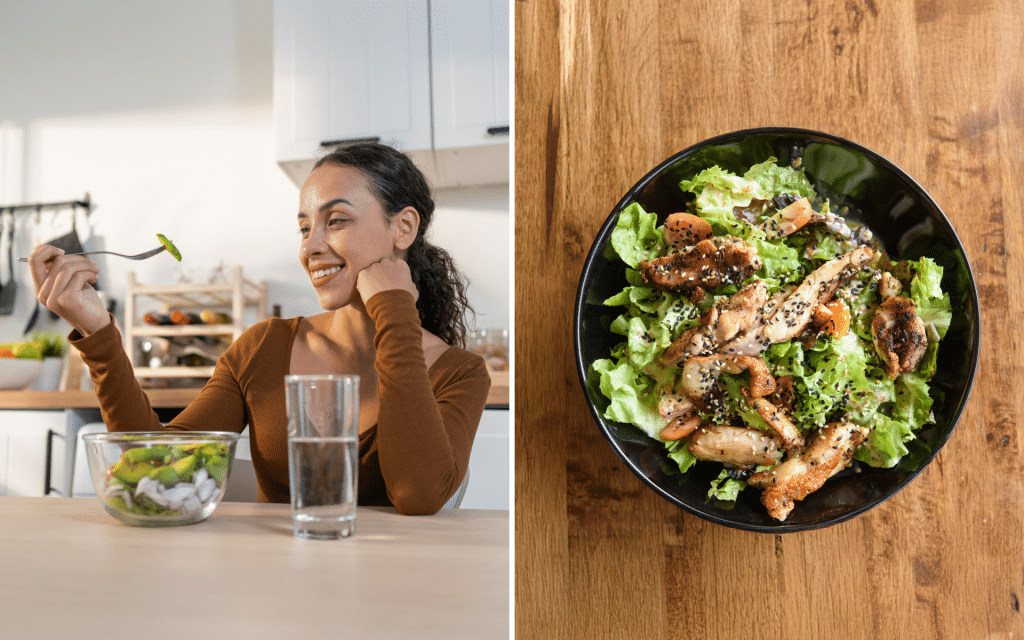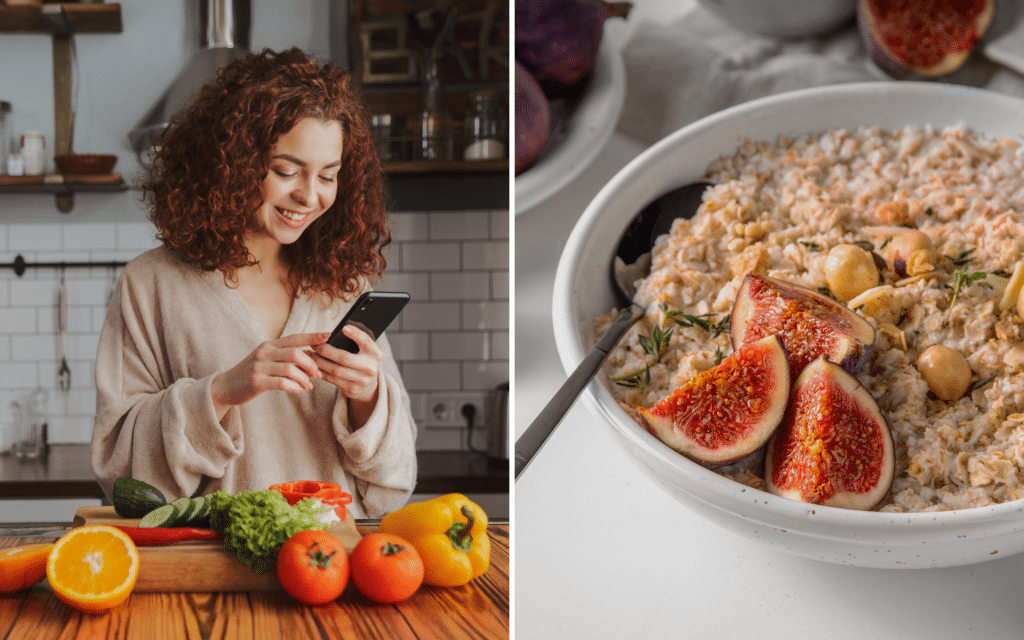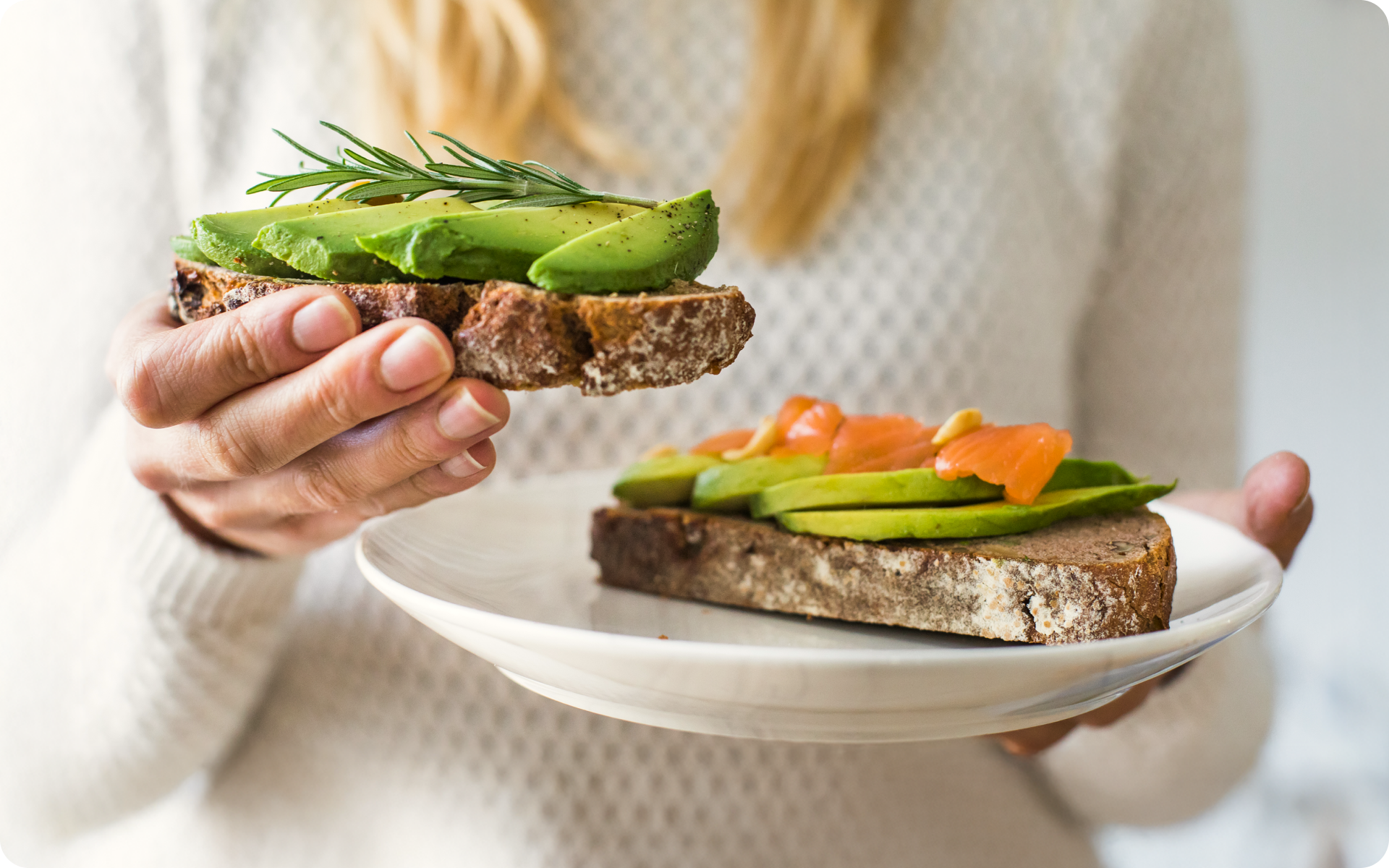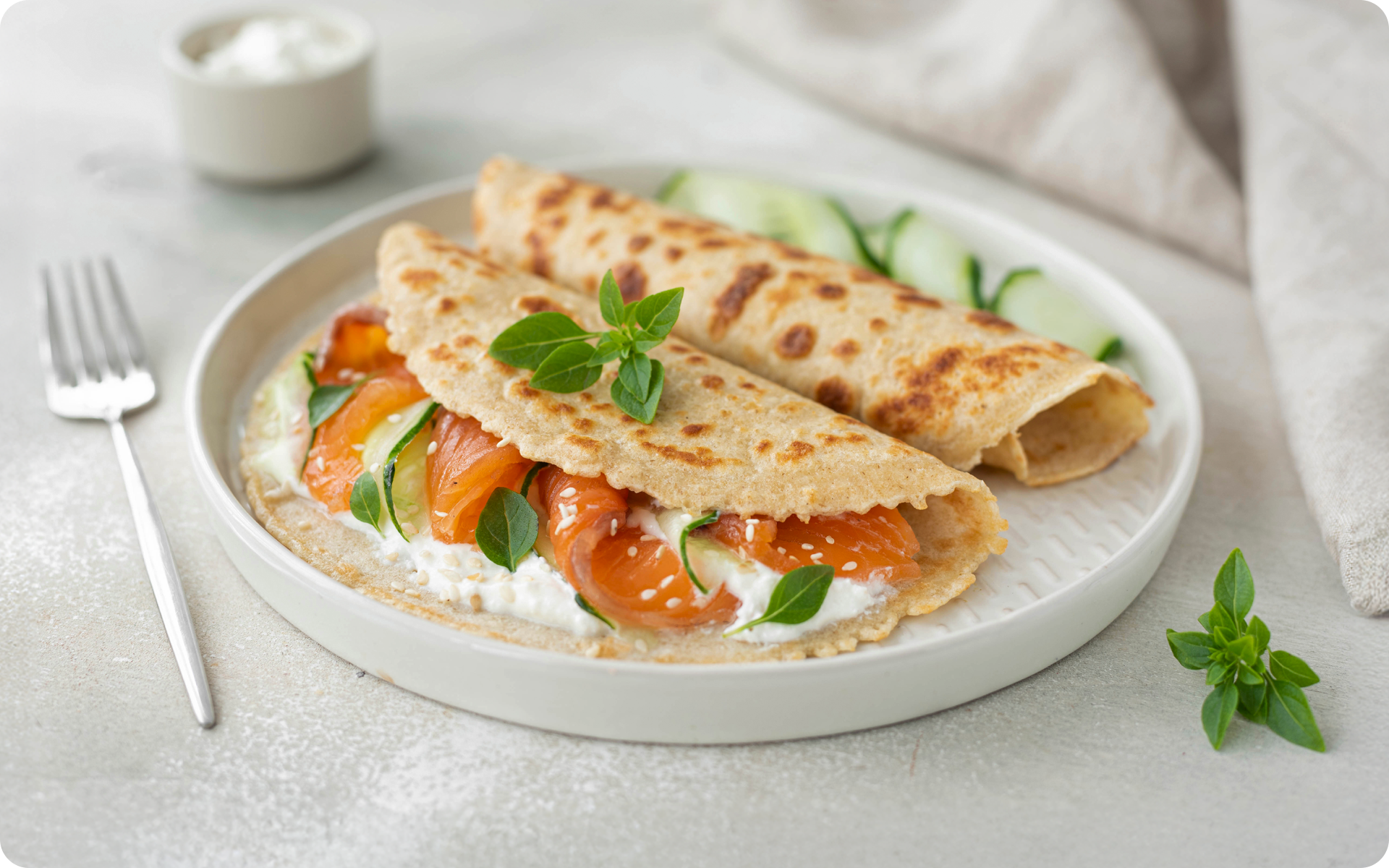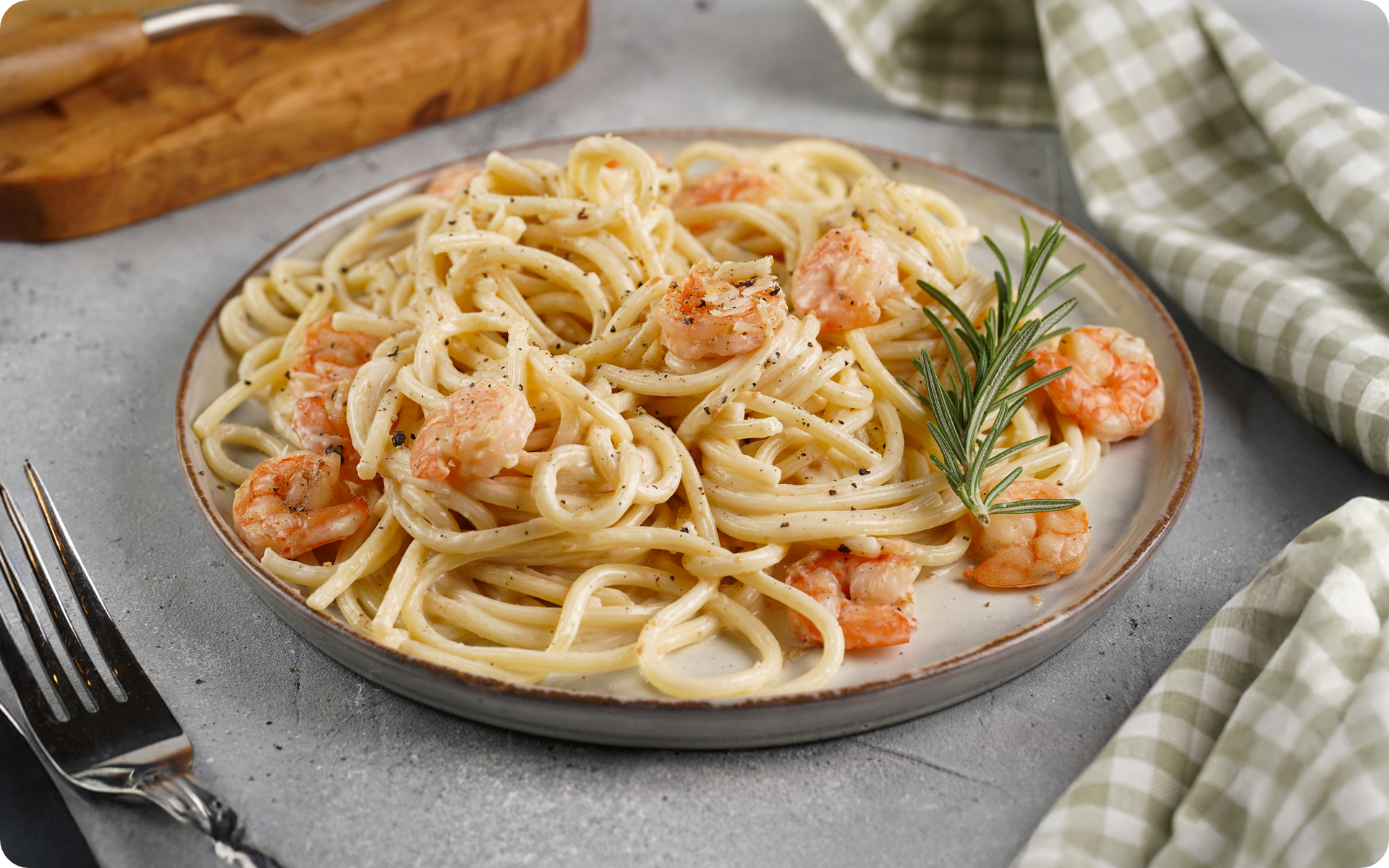We’ve all heard how sodium is one of the culprits behind some serious medical conditions. While the risks are lower in youth, they could get more troublesome if you’re consuming sodium beyond your limits. Quite surprisingly, most of the global population isn’t concerned about their sodium intake – probably due to a lack of awareness or the exciting flavor sodium-rich foods offer.
Did you know that the WHO recommends a limit of 2,000 mg/day of sodium for adults? And yet, the global mean sodium intake of adults is approximately 4,310 mg/day. That’s more than double (1)!
I completely understand how it could be difficult to transition to a healthy lifestyle, particularly if you’re an adult. Try to take it easy, prep beforehand, and gather as much information as possible. You may slip up some days and go beyond the limits but don’t fret it. You can try to make up for it by staying within 2,000 mg/day for the days to come.
This article covers some low-sodium snacks, food ideas, and tips that could help you get started.
What Is an Easy Low-Sodium Meal Prep?
Heavily salted foods can be responsible for contributing to health troubles. People who consume a lot of packaged or store-bought foods are often consuming more sodium than those who eat homemade foods. An easy low-sodium meal prep means you have the ingredients at hand and the food doesn’t take more time to prepare.
You can cook in bulk on the weekends and portion meals into containers. This means spending some more time in the kitchen during the weekends so you can work and cook instantly during the week. Try to use fresh or frozen vegetables without adding any sauces or salt. It may take some time to get the hang of it when buying groceries, and you’ll need to check labels for “no added salt” or “low sodium” while shopping. You can try flavoring your meals with citrus, herbs, and vinegar instead of salt.
Check the easy low-sodium meals listed below. You can spread them during the day according to your feasibility:
Protein Options
- Grilled Chicken Breast: Season with garlic, lemon, and herbs instead of salt.
- Baked Salmon: Use a mix of lemon juice, pepper, and dill.
- Turkey or Chicken Meatballs: Use oats or breadcrumbs and no-salt-added spices.
- Lentils or Beans: Rinse canned beans well to remove excess sodium or cook dried beans from scratch.
Grains and Carbs
- Quinoa or Brown Rice: Cook with a low-sodium broth or water with herbs.
- Whole-Wheat Pasta: Pair with homemade tomato sauce (no salt added).
- Sweet Potatoes: Roast with olive oil, cinnamon, and paprika.
BetterMe: Health Coaching app helps you achieve your body goals with ease and efficiency by helping to choose proper meal plans and effective workouts. Start using our app and you will see good results in a short time.
Vegetables
- Roasted Vegetables: Bell peppers, zucchini, carrots, and broccoli roasted with olive oil, garlic, and black pepper.
- Steamed Greens: Spinach, kale, or Swiss chard with lemon juice.
- Raw Vegetables: Cucumber, cherry tomatoes, and carrots for quick snacks.
Snacks
- Unsalted Nuts and Seeds: Almonds, walnuts, or pumpkin seeds.
- Hummus with Vegetables: Use dried and cooked or low-sodium canned chickpeas.
- Greek Yogurt with Berries: A protein-packed option without added salt.
The whole point of finding simple low-sodium recipes is to make your food at home and be vigilant about your sodium consumption. Scan the list, look it up online, and make low-sodium foods with easily available ingredients. The ones that make your taste buds go gaga!
What Foods Are Low in Sodium?
Having some amount of salt in your diet is good as it plays an important role in core body functions such as muscle contraction, fluid balancing, and nerve impulses (2). On the other hand, adding more than the required amount of salt to your foods could contribute to health problems (3). Try to strike a balance by reading up and getting professional assistance.
Here are some foods that are low in sodium and could help you make a balanced diet plan:
- Fruits and Vegetables: Apples, oranges, berries, leafy greens, carrots, broccoli, and cucumbers. Choose fresh or frozen without added sauces or flavorings.
- Meats and Seafood: Unprocessed cuts of chicken, turkey, beef, and fish (avoid pre-seasoned or cured products).
- Whole Grains: Brown rice, quinoa, barley, oats, and whole-wheat products.
- Legumes: Dried beans, lentils, and peas (when prepared from scratch rather than canned).
- Unsalted Nuts and Seeds: Almonds, walnuts, sunflower seeds, and pumpkin seeds.
- Dairy: Milk and plain yogurt are typically low in sodium; check labels on cheeses, as some varieties can be higher.
- Herbs and Spices: Use these instead of salt to add flavor without the extra sodium.
It’s evident that foods closer to their natural form typically contain less sodium. If you’re facing certain health conditions, you should get help from a registered dietitian. For example, they could help create a high blood pressure diet menu so you know how to tackle your condition.
What Is the Best Low-Sodium Diet?
By now, we’ve understood that a low-sodium diet comprises more minimally processed and whole foods. This means removing all kinds of canned soups and salty processed items from your meal plan. It’d be better if you tried to cook more meals at home and use salt-free seasonings.
Some tips you could follow when cooking at home include:
- Mix low-sodium and regular versions of foods. If you’re not a fan of low-sodium options, try blending them half-and-half with the regular kind. In this way, you’ll cut down on salt without a big change in flavor. This trick works well for soups, broths, and tomato-based pasta sauces.
- Cook pasta, rice, and hot cereal without adding salt to the water. As you’ll likely mix in other tasty ingredients, you won’t even notice it’s missing.
- Use cooking methods such as grilling, roasting, braising, searing, or sautéing. These techniques enhance natural flavors, which reduces the need for extra salt.
- Eat potassium-rich foods often. Some great choices are sweet potatoes, regular potatoes, leafy greens, tomatoes, low-sodium tomato sauce, white beans, kidney beans, nonfat yogurt, oranges, bananas, and cantaloupe. Potassium can help balance sodium levels and may support healthy blood pressure (5).
Reasons why BetterMe is a safe bet: a wide range of calorie-blasting workouts, finger-licking recipes, 24/7 support, challenges that’ll keep you on your best game, and that just scratches the surface! Start using our app and watch the magic happen.
A growing trend of eating out and enjoying takeaways has made it quite difficult for people to watch their sodium intake. However, when there’s a will, there’s a way! It’s not impossible to reduce sodium from your diet if you’re more aware and take the following steps when getting food from delis or restaurants:
- Tell the staff about your preference. Ask for your meal to be prepared without extra salt and request sauces, dressings, and gravies on the side so you can use them in small amounts.
- Taste before you add salt. If your food needs more flavor, try fresh black pepper or a squeeze of lemon or lime first. These can enhance the taste, particularly with fish, chicken, and vegetables, without the extra sodium.
- Be mindful of certain terms on the menu. Words such as pickled, brined, barbecued, cured, smoked, broth, au jus, soy sauce, miso, or teriyaki often mean high-sodium. Instead, look for options that are steamed, baked, grilled, poached, or roasted, which generally have less salt.
When you make the rule of not compromising on healthy eating, you can eventually figure out ways to keep your sodium levels in check. Beware of the new findings and make regular visits to your doctor, particularly if you’re entering your senior years. Knowing about the potential causes and specific subjects such as 15 foods to avoid with high blood pressure can help you create a carefully designed low-sodium diet chart.
How to Stay Under 2,000 Mg of Sodium a Day
When you’re trying to stay under 2,000 mg of sodium each day, you should be selective with what you eat and at what time. You should also check the sodium content per serving of your meal and be mindful of portion sizes. Look for products that are labeled “low sodium” (140 mg or less per serving) or “no added salt”. Be aware that “reduced sodium” products may still contain a lot of salt.
Summarizing the pointers discussed above, here are some ways you can stay within 2,000 mg/day of sodium:
- Be smart when eating out by ordering healthy foods and requesting less salt.
- Cook more at home. Restaurant and fast-food meals can be loaded with hidden sodium.
- Avoid foods that are naturally high in sodium, such as highly processed canned and packaged foods.
- Staying hydrated helps balance the sodium levels in your body.
- Eat more potassium-rich foods as this helps counteract the effects of sodium.
- Learn portion control. Even lower-sodium foods can add up if they’re eaten in large amounts. Stick to recommended serving sizes to keep sodium intake in check.
Using less salt lets you enjoy the real taste of your food, particularly when you cook it in ways that bring out its natural flavors. Read more about low-sodium dinner ideas and try new recipes to make your mealtimes fun and scrumptious.
Your taste buds can also adapt over time. Research has shown that when people eat less salt regularly, they start to prefer it, and foods they used to love may start to taste too salty. Give it a try – you may be surprised!
How to Flush Out Excess Sodium
If you feel you’ve consumed too much sodium and you feel bloated, the best remedy is time, but you can try to flush out excess sodium using the strategies below:
- Drink More Water
Drinking enough water helps your body flush out extra sodium.
According to the Centers for Disease Control (CDC), the amount of water you need each day depends on factors such as age, gender, and whether you’re pregnant or breastfeeding, so there’s no one-size-fits-all rule (6). To stay hydrated, try eating water-rich foods, sipping on drinks such as unsweetened herbal tea or sparkling water, and, of course, drinking plain water throughout the day.
- Exercise More
Physical activity is one of the proven ways to eliminate sodium from your body (7).
When you exercise, your body loses both water and salt through sweat. That’s why it’s important to stay hydrated, especially if you work out often. Make sure to drink extra water as needed, including during your workout, to keep your body balanced.
- Elevate Your Potassium Intake
Potassium helps maintain fluids in your body (8). The American Heart Association suggests that women should aim for 2,600 mg of potassium per day and men for 3,400 mg, or more if trying to prevent or treat high blood pressure, but most adults don’t get enough. However, too much potassium isn’t always good. As you get older, your body may struggle to remove excess potassium, and people with kidney issues need to be particularly careful. It’s best to get potassium from food rather than supplements, and if you’re unsure, check with your doctor.
No, eggs are a low-sodium food. A large chicken egg contains approximately 65 milligrams of sodium (9). Pizza isn’t recommended for a low-sodium diet as it’s often high in sodium. However, you can make pizza lower in sodium by using less cheese, low-sodium sauce, and lots of vegetables. Yes, bananas can help flush out excess sodium as they are high in potassium. This helps the kidneys remove sodium in the urine. Thirst, bloating, swollen feet and hands, headaches, and frequent urination are some short-term signs of too much salt. If the symptoms persist for long, you may be experiencing high blood pressure or weight gain. Frequently Asked Questions
Are eggs high in sodium?
Can I eat pizza on a low-sodium diet?
Do bananas flush out sodium?
What are the signs of too much salt?
The Bottom Line
Too much of any nutrient can come with its own set of troubles and sodium is no exception. Following protocols such as keeping your sodium intake below 2,000 mg/day can help you keep your health in check against some of the impacts of aging. You should also keep in mind that increased water intake plus exercise are helpful in most conditions. The best part is that these are easy changes to implement once you get the hang of them, and if you’re serious about making drastic changes to your lifestyle.
Craving sodium and satisfying your taste buds is okay every once in a while, but you should make sustainable lifestyle modifications before it’s too late.
DISCLAIMER:
This article is intended for general informational purposes only and does not serve to address individual circumstances. It is not a substitute for professional advice or help and should not be relied on for making any kind of decision-making. Any action taken as a direct or indirect result of the information in this article is entirely at your own risk and is your sole responsibility.
BetterMe, its content staff, and its medical advisors accept no responsibility for inaccuracies, errors, misstatements, inconsistencies, or omissions and specifically disclaim any liability, loss or risk, personal, professional or otherwise, which may be incurred as a consequence, directly or indirectly, of the use and/or application of any content.
You should always seek the advice of your physician or other qualified health provider with any questions you may have regarding a medical condition or your specific situation. Never disregard professional medical advice or delay seeking it because of BetterMe content. If you suspect or think you may have a medical emergency, call your doctor.
SOURCES:
- Sodium reduction (2025, who.int)
- Salt and Sodium (2023, nutritionsource.hsph.harvard.edu)
- Adding salt to foods and hazard of premature mortality (2022, pmc.ncbi.nlm.nih.gov)
